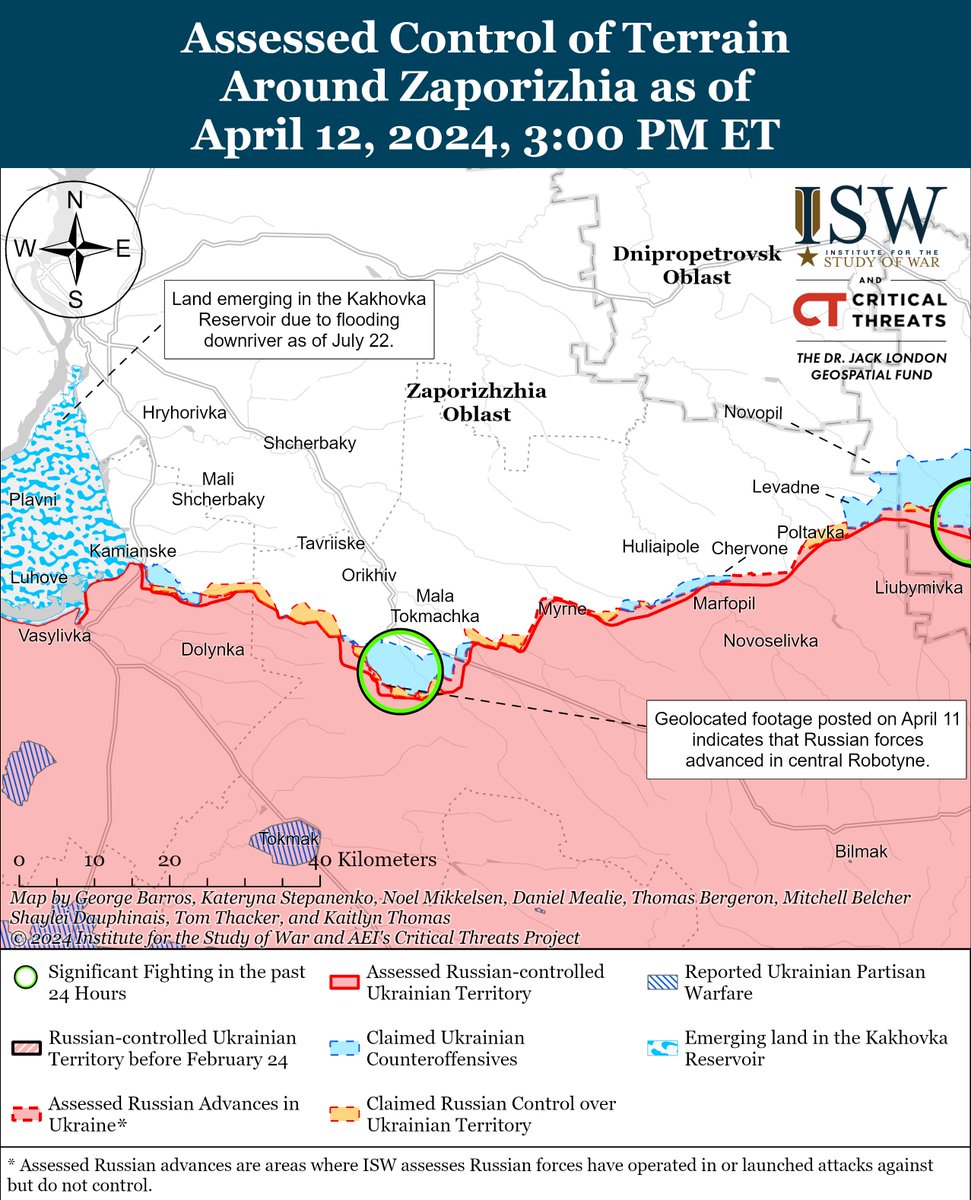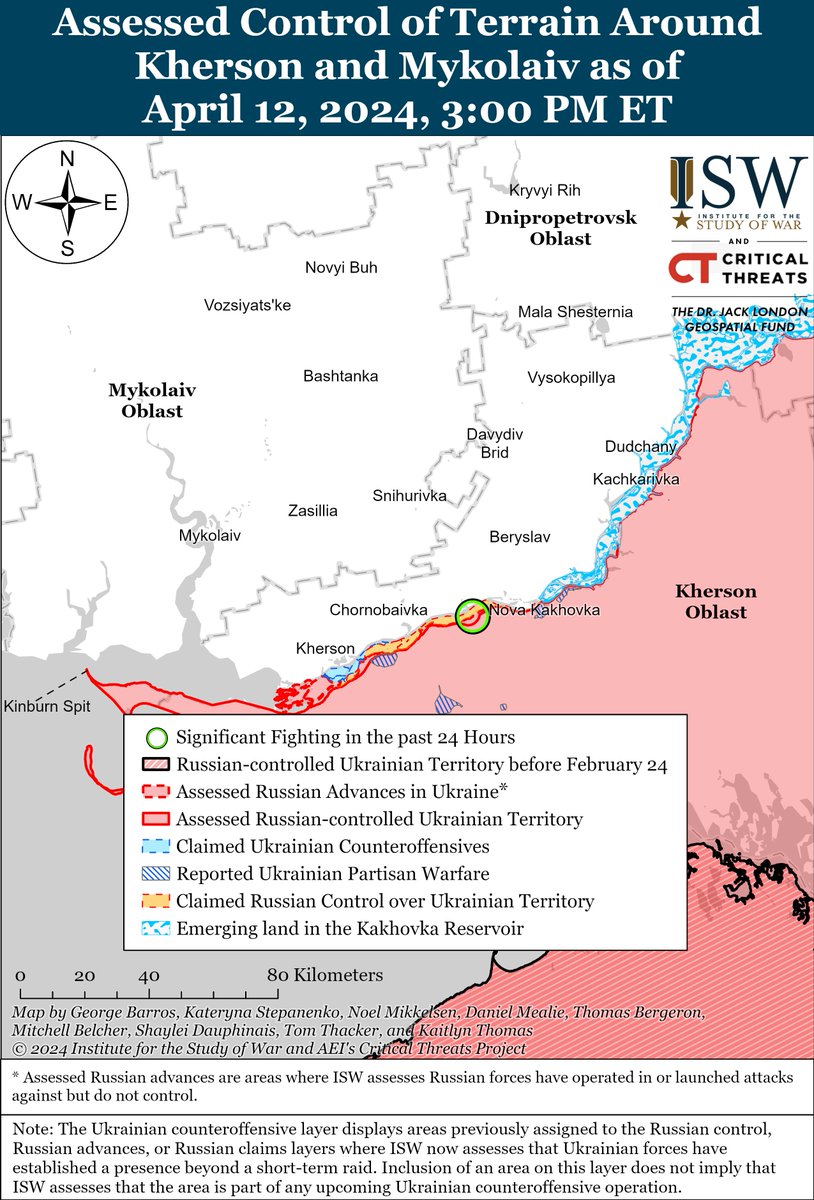US European Command (EUCOM) Commander and NATO Supreme Allied Commander Europe (SACEUR) General Christopher Cavoli reported that EUCOM and NATO are strengthening their ability to respond to the “chronic threat” that Russia poses to global stability and European security in hopes of deterring future Russian aggression against NATO. 🧵(1/6)
2/ Cavoli stated during a briefing to the US House of Representatives Armed Services Committee on April 10 that Russia poses a “chronic threat” to the world and warned that Russian President Vladimir Putin does not intend to limit or stop his aggression at the borders of Ukraine.
3/ Cavoli reported that EUCOM is responding to the Russian threat by enhancing its deterrence posture across Europe, including strengthening EUCOM’s eastern flank with rotational force deployments, expanding EUCOM’s pre-positioned stocks, and modernizing EUCOM’s infrastructure to enable a rapid reception of reinforcing forces.
4/ Cavoli stated that EUCOM and NATO are exercising extensively to demonstrate their ability to defend against and deter future Russian aggression against NATO.
5/ Cavoli noted that China, Iran, North Korea, and Russia are forming “interlocking, strategic partnerships” that are antithetical to US national security interests and aim to challenge the existing global security framework. isw.pub/UkrWar041124
6/ Kremlin officials, particularly Putin, are increasingly contextualizing the war in Ukraine as part of a long-term geopolitical confrontation between Russia and the West in order to justify Russia’s long-term war effort in Ukraine and future Russian aggression against other European countries.
• • •
Missing some Tweet in this thread? You can try to
force a refresh




















